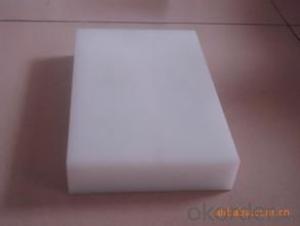Extruded Polystyrene, or XPS for short, is a type of insulation material that has been around for quite some time. It’s made from polystyrene, a plastic material that’s widely used in various industries. But what makes XPS boards stand out from the rest? Let’s dive into the world of XPS boards and explore their unique properties and applications.
The Science Behind XPS Boards
First things first, let’s talk about the science behind XPS boards. They are made from expanded polystyrene beads that are heated and then extruded into a continuous panel. This process creates a closed-cell structure, which gives XPS boards their excellent insulation properties. The closed-cell structure means that the air pockets within the material are completely enclosed, preventing air movement and heat transfer. This is what makes XPS boards such an effective insulator.
Benefits of Using XPS Boards
Now that we know how XPS boards are made, let’s discuss their benefits. One of the main advantages of using XPS boards is their high R-value. The R-value is a measure of thermal resistance, and XPS boards have one of the highest R-values among insulation materials. This means that they can provide excellent insulation, keeping your home warm in the winter and cool in the summer.
Another benefit of XPS boards is their moisture resistance. Unlike some other insulation materials, XPS boards do not absorb water, which makes them ideal for use in wet or humid environments. They are also lightweight and easy to handle, making them a popular choice for construction projects.
Applications of XPS Boards
XPS boards are used in a variety of applications, from residential to commercial construction. They are commonly used for insulating walls, roofs, and foundations. In fact, XPS boards are often used in below-grade applications, such as insulating the walls of a basement or crawl space. They can also be used for insulating pipes and ducts to prevent heat loss.
The Environmental Impact of XPS Boards
While XPS boards have many benefits, it’s important to consider their environmental impact as well. Polystyrene is a non-biodegradable material, which means that it does not break down easily in the environment. However, there are ways to mitigate this issue. For example, some manufacturers are now producing XPS boards with recycled content, which can help reduce the overall environmental impact.
The Future of XPS Boards
As we look to the future, it’s clear that XPS boards will continue to play an important role in the construction industry. With their high insulation value, moisture resistance, and versatility, they are an ideal choice for many applications. However, it’s also important to consider the environmental impact and look for ways to make this material more sustainable.
In conclusion, XPS boards are a versatile and effective insulation material with a range of benefits. From their high R-value to their moisture resistance, they offer many advantages for construction projects. However, it’s important to consider the environmental impact and look for ways to make this material more sustainable in the future.

